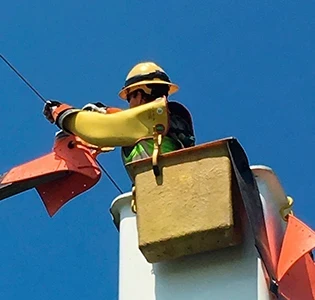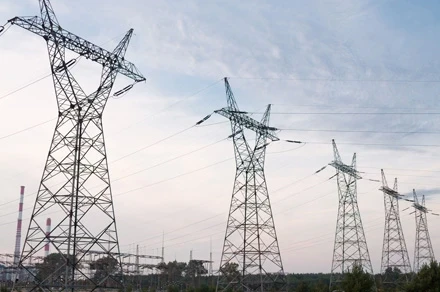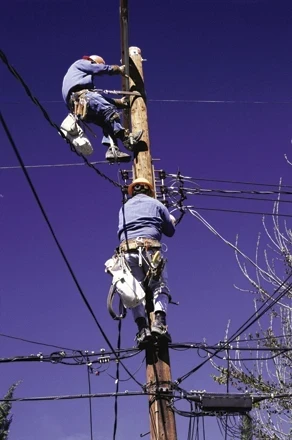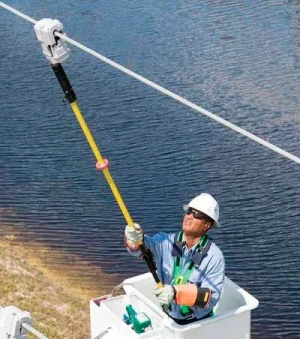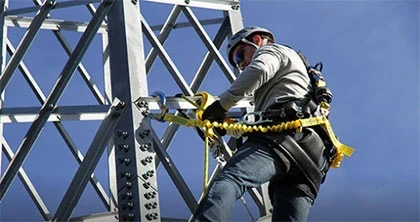Ugh, Why So Much HSE Paper?

With the advent of our modern health, safety and environmental systems (HSE), the requirement to produce more documents is relentless. No one feels this pressure more than our front line supervision; those individuals, who are leading our crews out in the field. Not only are they tasked with completing some of the most dangerous work in the world, but they have to be spot on when documenting their production, quality control, cost effectiveness and HSE actions. Our corporate management systems ask them to track every step they take. No step can be left to chance, we demand this documentation. As a senior foreman in charge of crew asked me once, why? Why so much paper?
Let me set the stage.
Recently, I was tasked with developing and delivering our companies Supervisory Leadership Safety Skills course. This course is designed to assist supervisors in understanding their legislative and corporate accountabilities and responsibilities. As part of this course, we review many topics – from PPE, harassment and bullying, workplace violence, incident investigation, inspections/observations, workers compensation, to due diligence. The due diligence portion of this course is what sparked the senior foreman’s question. Specifically, he asked:
“Isn’t due diligence a fancy word for saying cover your a**? If that’s the case, why can’t you take the word of my crew? We work together every day, every hour and my team would take a bullet for me. Why can’t you trust their word for our due diligence instead of me having to write everything down? These people are my brothers, they have my back and you can trust them.”
This is a great question and likely one many people don’t understand. However, it’s fundamentally important for people to understand the “why” behind paper opposed to word of mouth evidence. Having the “why” allows people to appreciate its importance and further encourages their buy in to our corporate management system.
To be clear, when I say “paper” evidence I also mean “digital” documentation. For the purposes of this article, we will treat them the same.


